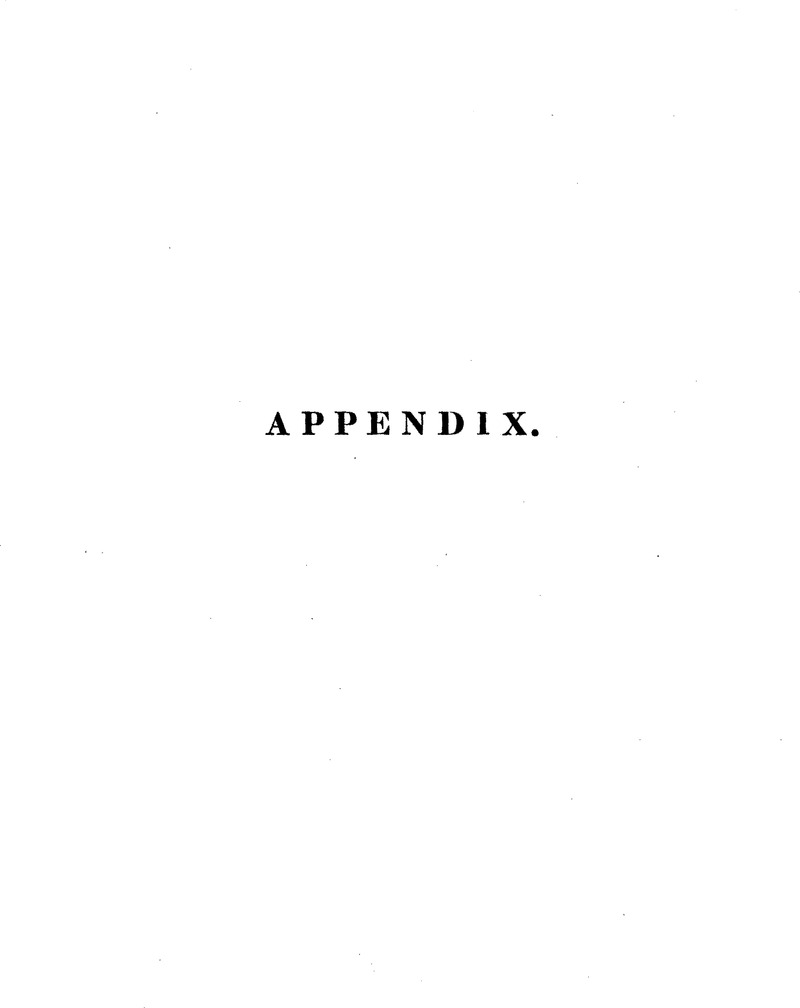No CrossRef data available.
Published online by Cambridge University Press: 12 June 2012

page 370 note a The French Benedictines, in the Art de Verifier les Dates, state that Riculf the third archbishop of Mentz repaired the tomb of St. Alban, who had come to that city, “On ne sait d'ou.” I think it may be surmised that this was a church dedicated by his two predecessors, St. Boniface and St. Lullius, who were English, to the protomartyr of their country, and that Alcuin, who was his friend, might use his influence with him, and with the Emperor and Fastrada, to found the monastery to his honour. Riculf died in 813, and he and several of his successors were buried in that church.
page 374 note b Gent. Mag. for April, 1839.
page 378 note c Other MSS.—M. 25.Coll. Ball. Oxon; Trin. Coll. Dubl.—H. 66; MS. More, Bib. Publ. Cantab. No. 63.
page 386 note d Cenno sugli Scavi nella Nubia, e Catalogo degli oggetti ritrovati dal Dott. Guiseppe Ferlini, Bolognese.—Bolognia, Tipografia Nobili et Comp. 1837.
page 388 note e More extensive observations made by Mr. Howard on the achievement will be found in the supplementary addition to his History of the Howard family.
page 393 note f Burney's Voyages and Discoveries.
page 394 note g Purchas his Pilgrimes, vol. iii. p. 812.
page 394 note h Ibid. p. 814.
page 397 note i Five Pieces of Runic Poetry, translated from the Islandic Language.—London, 1763.
page 398 note k Aliud vero genus, quod ferro piano et polito, sive planis ossibus, cervinis vel bovinis scilicet tibiis, naturalem lubricitatem ob innatum pinguedinem habentibus, pedali longitudine sub plantis affixis, in sola glacie lubrica cursum intendit velocissimum: quemque in glaciali æqualitate semper currendo continuat.—Cæteris bravium lucraturi currendo præveniunt, qui cervinas tibias latè limatas plantis affigunt, porcina axungia perunctas, quia gelidis aquæ guttis velut per poros glaciei in veliementi frigore surgentibus, tibiæ sic unctæ impediri aut constringi non possunt.—Hist. Olai Magni de Gent. Septentrion. Basileæ. fol.
page 401 note l See Stowe and Maitland.
page 403 note m A small model was presented by Mr. Moxhay to the Society.
page 408 note n The Lords Commissioners for executing the Office of Earl Marshal of England.
page 408 note o Sir William Segar was appointed Garter in January 1603–4; but did not obtain a Patent of the office of Garter till 16 January, 4 Jac. 1606–7. He here refers to his investiture with the Badge of Garter, which has the Sovereign's arrms enamelled upon it. He was knighted 9 Nov. 1616, and died 13 Dec. 1633.
page 409 note p The words here inclosed in brackets are supplied from the account given in L 14, Coll. Arm. the Goodrich Court MS. having been injured.
page 410 note q These arms appear to have been borne by Yerweth Drwyndwn, (i. e. Broken-nose), the father of Llewelyn. This fact is thus expressed in a very curious and interesting MS. of the time of Hen. III. entitled, “Historia de Foulkes Fitzwarin,” hereafter quoted—” A taunt vyut Yerward armeé, dont les armes furent de or e de goules quartylé, e en chescun quarter un leopart.”
page 411 note r MSS. Notes by Vincent to the Article “Base Children of King John,” in Brooke's Catalogue and Succession of Kings, &c. (Vincent No. 215, Coll. Arm.)
page 411 note s Ibid.
page 411 note t Ibid.
page 411 note u This date, however, appears to be irreconcileable with the preceding quotations, and with the facts hereinafter adverted to.
page 411 note x This MS. as has been observed in note q, appears to be of the time of Henry III.
page 411 note y The castle of “Saloburs,” in the marches of Wales, i. e. Shrewsbury, is here referred to.
page 412 note z The spot where Conway Castle now stands, and where there had been a monastery.
page 412 note a This is printed at the end of the Hisioire de Foulkes Fitztwarin, from his Collectanea.
page 412 note b Now called Whittington.